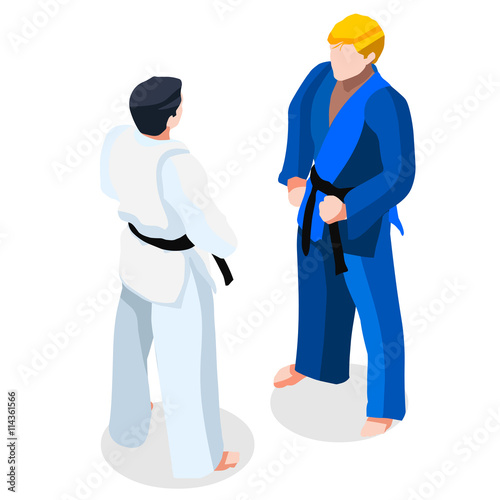Standard Martial Arts And Modern Battle Sports: A Comprehensive Overview Of Their Unique Differences
Standard Martial Arts And Modern Battle Sports: A Comprehensive Overview Of Their Unique Differences
Blog Article
Created By-Skovbjerg Brady
When you think about martial arts, do you lean a lot more towards the traditional methods or the modern-day combat sporting activities? Each path provides unique benefits and experiences, formed by their ideologies and training approaches. Conventional martial arts emphasize individual development and technique, while modern-day fight sports focus on competitors and performance. Understanding these distinctions can lead you in selecting the right approach for your journey. Yet how do these distinctions show up in training and philosophy?
The Philosophy and Background Behind Typical Martial arts
While lots of people associate martial arts with physical combat, the viewpoint and background behind traditional martial arts run much deeper. You'll find that these disciplines emphasize personal development, discipline, and regard.
Stemming from old methods, standard martial arts were typically established for Self-Defense and spiritual growth. They embody concepts such as equilibrium, consistency, and self-control, guiding experts past mere fighting abilities.
As which martial arts is the strongest train, you'll not only learn strategies yet additionally obtain insights into the culture and worths that formed these arts. have a peek at this site and practices, usually passed down via generations, promote a sense of area and belonging.
The Competitive Nature of Modern Battle Sports
Modern fight sports have changed the landscape of martial arts into an extremely affordable field, where professional athletes face off in an examination of ability, strategy, and endurance.
You'll observe that competitors are usually organized with rigorous rules and policies, making certain fair game and safety. These events draw in huge target markets, fueling the enjoyment and strength of matchups.
Professional athletes train rigorously, not just for physical prowess however additionally for psychological strength, knowing that every information counts in the ring. The adrenaline thrill during competitors is apparent, as fighters press their limitations to declare victory.
Followers appreciate the athleticism and virtuosity included, making contemporary fight sports a thrilling spectacle that remains to develop and astound lovers all over the world.
Training Approaches and Methods: A Relative Evaluation
The affordable environment of contemporary battle sporting activities demands cutting-edge training approaches that differ dramatically from standard martial arts.
In modern training, you'll focus on particular methods, sparring, and conditioning, commonly utilizing drills that simulate real fight situations. You'll see an emphasis on measurable performance and regular competitors to examine your abilities.
On the other hand, typical martial arts focus on forms, katas, and thoughtful trainings, often emphasizing technique and regard over competition.
Training is normally less extreme and may include recurring method instead of real-time sparring.
While both strategies build ability and health and fitness, modern-day battle sporting activities supply a more dynamic and adaptable training environment, preparing you for instant challenges in the ring or cage.
Pick the course that aligns with your objectives and rate of interests.
Verdict
In selecting in between typical martial arts and modern combat sporting activities, it actually comes down to what you value a lot of. If click for more info trying to find individual growth, self-control, and a feeling of area, traditional arts may be your finest fit. But if you grow on competitors and real-time challenges, contemporary fight sports could be the way to go. Eventually, both paths provide one-of-a-kind advantages, so it's all about aligning your training with your individual objectives and rate of interests.
